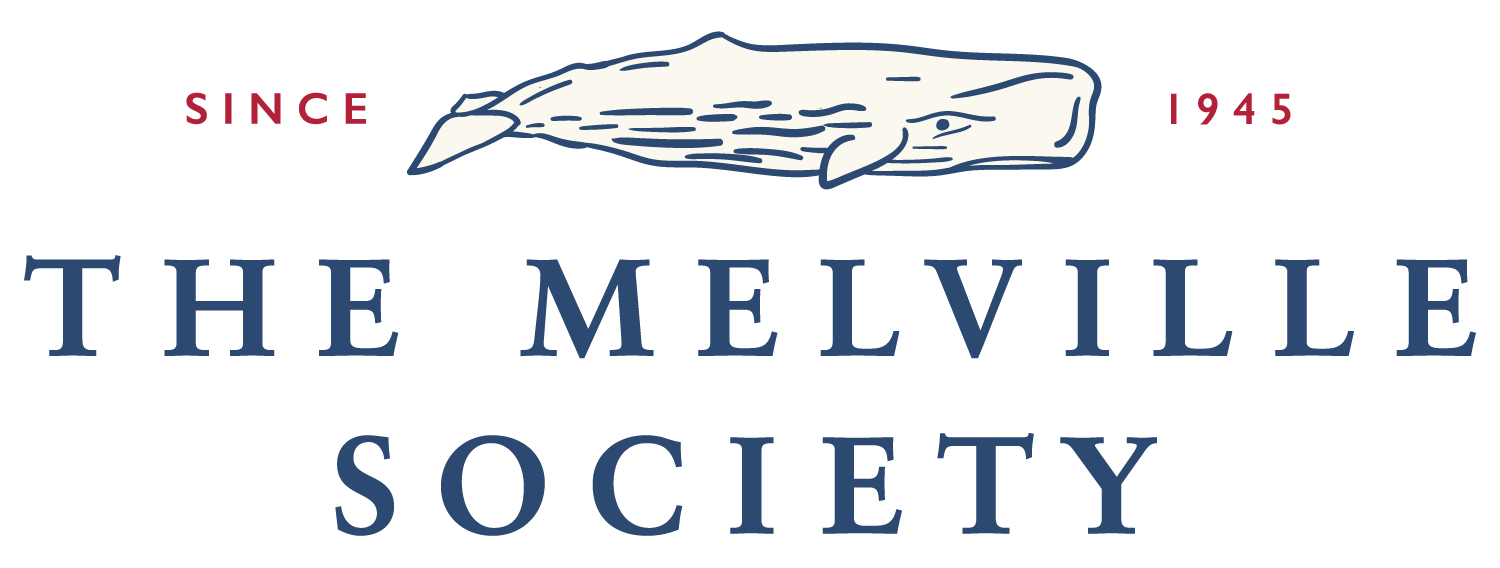Call For Papers: “Melville’s Queer Afterlives”
See the below call for papers for a proposed special issue of Leviathan, to be edited by Adam Fales, Dana Seitler, and Jordan Alexander Stein:
More than that of arguably any other pre-twentieth-century writer, Herman Melville’s creative output has become a resource for queer writers and artists who turn to the past in order to imagine a future. Historical materials such as Melville’s have often been a resource for queer art, which, in turn, frequently uses such materials in the interest of transformation: to embrace, interpret, expand, or reimagine history. The result is queer creative and critical work that generates deliberately, imaginatively queer and/or trans understandings of and engagements with the past (including, paradoxically, playful engagements with the possibilities of ahistoricity).
One aim of this proposed special issue is to ask how and why Melville’s body of work has been such a consistent and widespread queer object. Writers and artists around the world, across multiple generations and working in all kinds of media, have forged queer attachments to Melville––from Havelock Ellis’s writings on genius, to E.M. Forster and Benjamin Britten’s operatic translation of “Billy Budd,” to Adolfo Caminha’s early homoerotic novel Bom-Crioulo, to Maurice Sendak’s tumescent illustrations for Pierre, to Claire Denis’s cinematic “Beau Travail,” to Ellen Gallagher’s visual renderings of whales and the sea, to Kit de Waal’s YA novel Becoming Dinah, and far beyond. Why has Melville’s uptake by queer artists and writers been so widespread?
Another aim is to use this historical genealogy of queer Melvilleana to unsettle some of the stories that have shaped the field of Melville Studies itself. The official story of Melville’s reception has long been dominated by the Melville Revival––the republication events after 1919 that stirred renewed interest in this largely obscure author––and by the scholarly uptake of Melville in the middle decades of the twentieth century that further shaped his reputation in line with Cold War-era frameworks for American Studies. However, historical evidence of Melville’s early queer uptake appears in the “obscurity” decades between Melville’s death and his scholarly revival, while further queer attachments to Melville appear almost continuously throughout the full century between the 1919 Revival and the present day. These queer afterlives demonstrate an enduring parallel history by which Melville has been interpreted by paradigms other than scholarly ones. How might attention to this parallel history allow scholars to expand, revise, and synthesize our accounts of the field?
For this special issue, we welcome responses to these questions and others:
How and why have contemporary artists and authors taken up and responded to Melville?
What is the aesthetic shape of our contemporary desires to reimagine queer pasts?
How do these engagements with Melville help us think about theoretical terms: queer attachments, temporality, the historical?
How do these engagements with Melville help us think about historical phenomena: the Lavender Scare, the Cold War closet?
How do practices of making and making up serve as an antidote to an overly committed historicism?
Conversely, how might we think through the politics of translation, inheritance, and/or attachment as key phrases of queer historiography?
How can queer histories of Melville help us think through or rethink literary histories of Melville?
Please send 500-word abstracts to the editors no later than May 30, 2023. Completed essays will be due in 2024 for an estimated fall 2025 publication.
Prospective contributors are encouraged to reach out to the co-editors with questions:
Adam Fales <afales@uchicago.edu>
Dana Seitler <d.seitler@utoronto.ca>
Jordan Alexander Stein <jstein10@fordham.edu>
